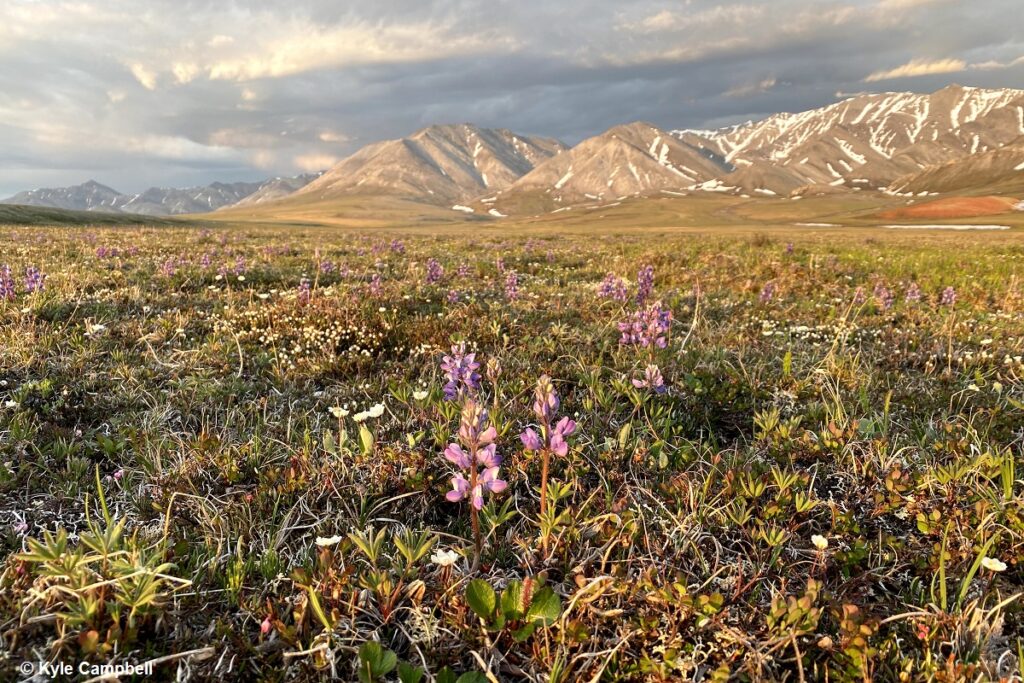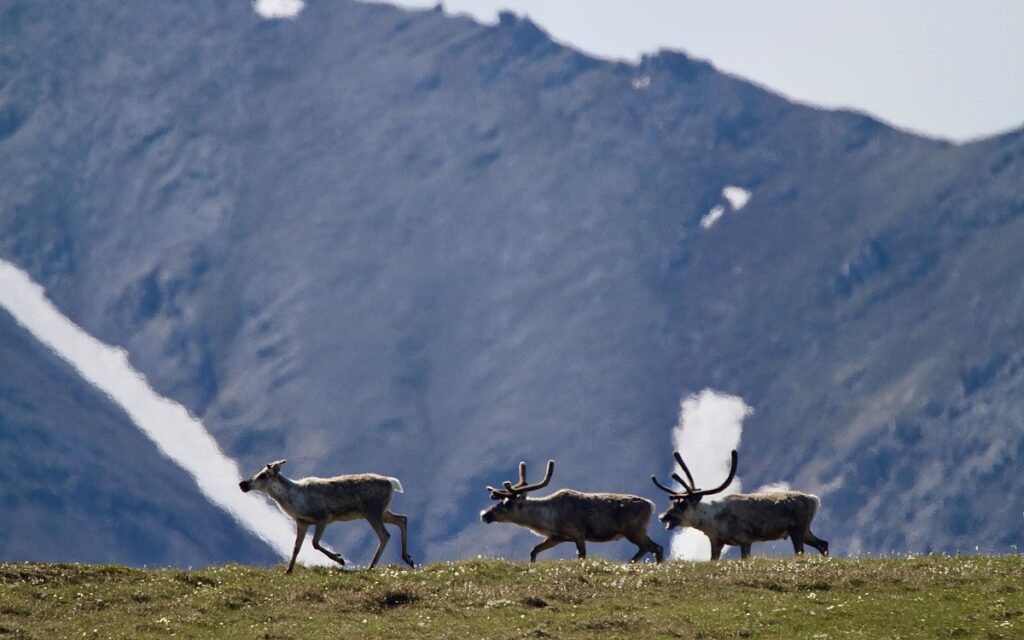You can’t drill for oil without insurance

A major insurer is stepping away from risky fossil fuel projects that threaten sacred and pristine Arctic land.
AIG has joined a growing list of international insurance companies and banks — including the six largest banks in the United States and Canada’s five largest banks — in declining to help oil and gas companies do business in the Arctic. AIG is the first major U.S. insurance company to make such an announcement. That’s a big deal, because you can’t drill for oil without insurance.
The crown jewel of Alaska’s wild frontier is the Arctic National Wildlife Refuge. First established in 1960 and expanded to its current size of 19 million acres in 1980, the Arctic refuge is home to 42 species of fish, 45 mammals (including eight marine mammals), and more than 200 types of birds. There is no cell phone service, no roads, and the only trails are the ones created by the wildlife. Not many visitors come to the refuge. Between summer visits and winter polar bear viewing, less than 2,000 people annually brave this wild space. The refuge’s permanent human population, which is composed almost exclusively of the indigenous Gwich’in Athabascan and Inupiat tribes, numbers only in the hundreds. But the importance of the refuge is felt beyond the boundaries of the refuge itself, as indigenous peoples in the U.S. and Canada depend on the coastal plain for culture, spirituality and subsistence.

In 1980, when Congress passed the Alaska National Interest Lands Conservation Act (ANILCA), it set aside 1.5 million acres on the coastal plain as a “study area.” This part of the refuge is the area’s “biological heart.” It is “Iizhik Gwats’an Gwandaii Goodlit” (The Sacred Place Where Life Begins) to the Gwich’in. It is also the calving ground for the caribou and provides denning and nesting shoreline for the polar bears and migratory birds. From 1980 to 2017, the space was treated as federal wilderness until Congress authorized oil and gas leasing activity with the passage of the 2017 Tax Act.

You’re probably thinking that this sounds like a problem that Congress needs to solve and you’d be right. But the private sector has a critical role to play in protecting the Arctic Refuge as well.
Insurance is key to all business ventures, protecting companies from risk and accidents that could easily put them out of business. The insurance company assumes the risk and then provides cover when an accident does happen. The more dangerous the business, the more risk to the insurance company itself. And some ventures are just too questionable to insure. And while Arctic energy exploration has not fallen into that category in the past, its impacts now make these ventures chock full of risks and accidents waiting to happen. Consider:
- Transporting oil by any means (such as a pipeline or ship) can result in oil spills that threaten local communities and wildlife. In the Arctic, this includes caribou and endangered polar bears – plus shipping vessels in the Arctic can inhibit the communication of Beluga whales, who rely on a series of chirps, whistles and clicks to talk to one another. Spills on land and in the ocean can cost millions of dollars and take decades to clean up. This is true for all oil drilling operations but spills in the Arctic are harder to clean up because of the frozen tundra and icy waters.
- Petroleum emissions are responsible for 46% of the United States’ carbon emissions and are a major contributor to global warming. Climate change is already wreaking havoc on real estate, agriculture and other sectors of the economy. In fact, Deloitte has a section on its website entitled “How insurance companies can prepare for risk from climate change.”
- Oil drilling comes with infrastructure — roads, pipelines, well pads — which fragment animal habitats in the refuge. Not only that but the equipment must be transported and installed, which involves destroying sensitive tundra.
- Drilling operations pollute the air with toxic chemicals that can cause major health problems for wildlife and people from oil field workers to local communities.
Add it all up, it sounds like a risky business.
Whether AIG was motivated by the climate-related risks, the high likelihood of accidents or something else, the insurer made an initial commitment that is quite promising. While there are still questions about the exact details, a commitment to “not investing in or providing insurance cover for any new Arctic energy exploration activities” is a good start.
AIG joined the ranks of some 12 insurance companies across the globe that have made this type of commitment. For the moment, oil companies hoping to drill in the Arctic can still get insurance for their project from another insurer, like Travelers, The Hartford, Chubb or Liberty Mutual.
But if other insurance companies follow AIG’s lead, Arctic energy exploration can soon be a dark relic of a past era, where drilling for oil was more important than the health of our planet and the people and animals who live on it.
